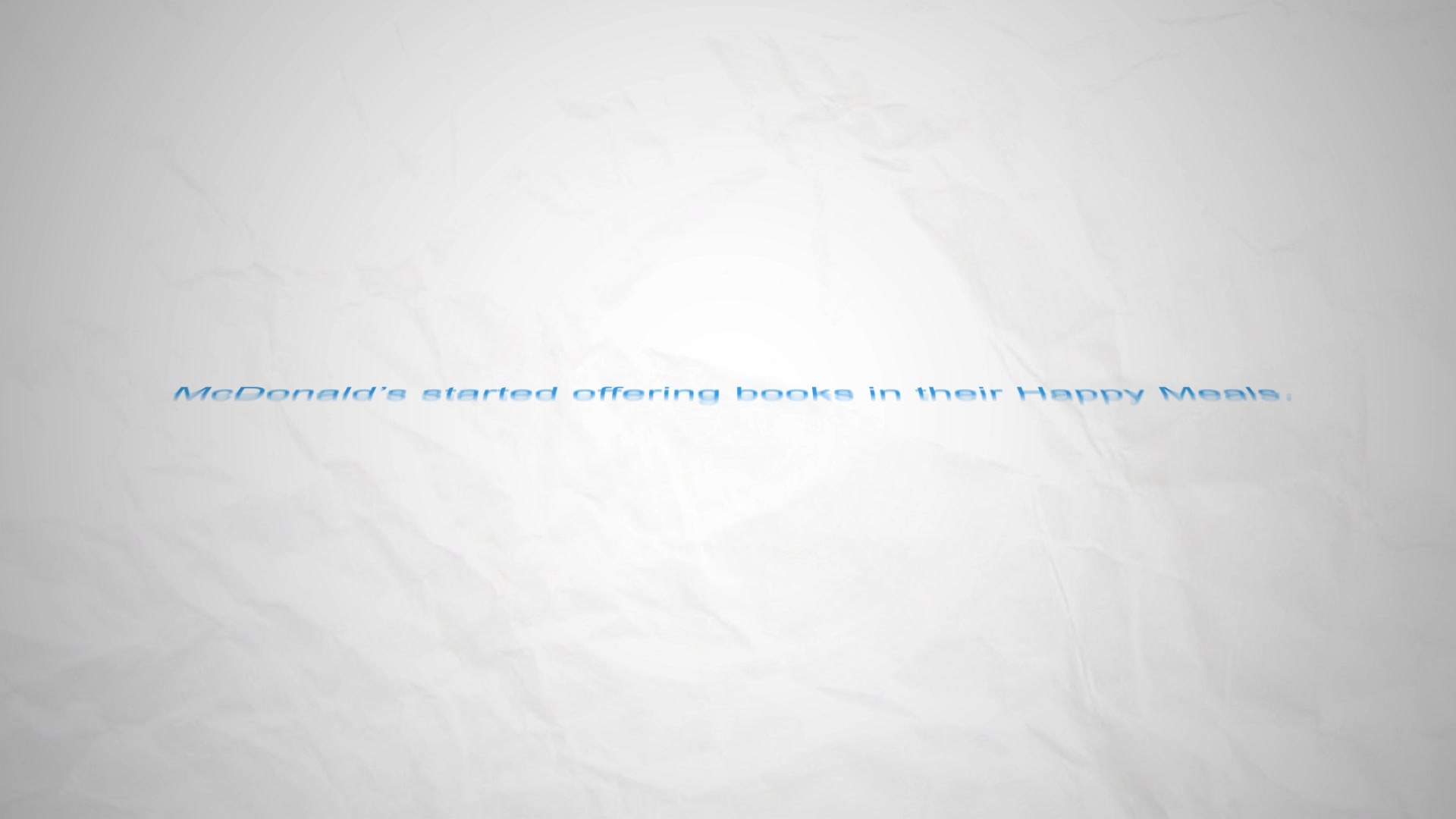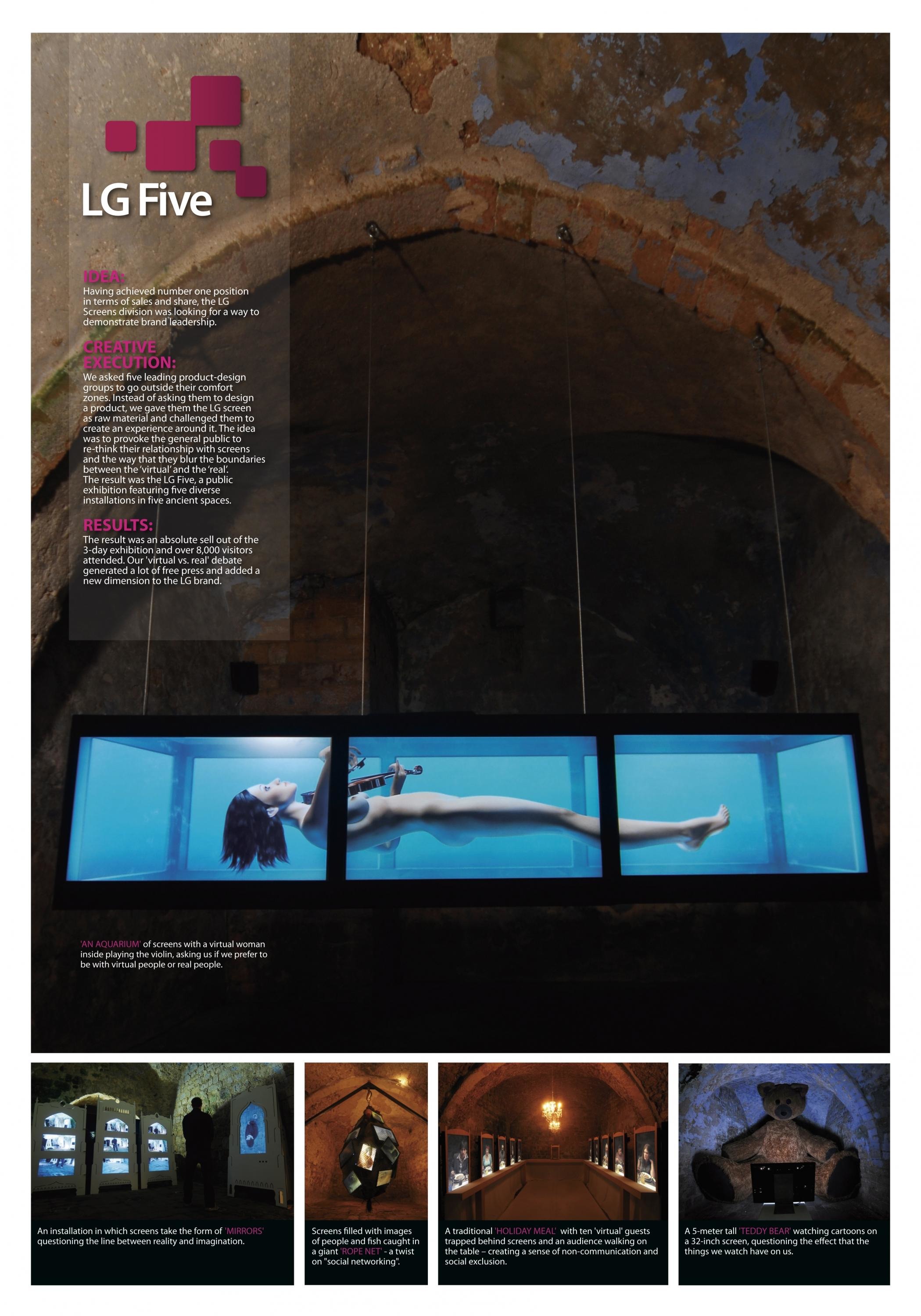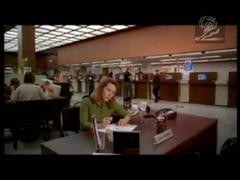Cannes Lions
Happy Meal Readers
R/GA LONDON / MCDONALD'S / 2019

Overview
Entries
Credits
OVERVIEW
Background
To connect with their core target - families - McDonald’s have made a commitment: getting kids around the world to read more. As part of their “Scale for good” program, in 2015, they started offering the choice between a toy or a book in their Happy Meals, and instantly became the biggest kids books distributor in the world, with 450 million books distributed globally.
But it wasn’t enough to get kids around the world to read: literacy levels are still dropping worldwide. And for everyone, technology is guilty. Our challenge was to get more kids to read, and we had the toughest imaginable competitor: mobile devices.
But we realised that we had been trying to make kids adapt to our ways of reading, rather than adapting reading to their way of living. Instead of blaming technology for our problem, we had to embrace it to create new, positive reading habits.
Idea
To achieve our goal of getting more kids to read around the world, we realised we had to adapt reading to their habits, rather than asking them to adapt to adults’ ways of reading. We created “The Future of Reading”: 24 digital books by world-famous authors Cressida Cowell and Katherine Pancol offering an interactive, immersive reading experience to make kids fall in love with reading. To compete with apps, we turned their attention-grabbing techniques into educational tools. First, we made the experience interactive, using voice technology to create a read-along experience adapting to each kid’s diction. Then, we made it appealing with fun sounds and animations playing as the child progresses through the story. Finally, to give kids the same sense of gratification they’re used to in digital experiences, rewards are unlocked each time a book is finished.
Strategy
We wanted to create an immersive digital experience that would make the most of mobile technology to unlock the magic of reading for young kids. But we didn’t want our use of technology to compromise the educational merit of the reading experience. So we collaborated with child development specialists, who guided us and tested the experience with kids at every step, from prototype to final product.
This helped us understand two things. First, to reach as many kids as possible, we had to adapt our experience to different reading styles, from reading aloud to following the story with your finger. But also, if we wanted to compete with mobile apps, we had to use their nudge techniques aimed at attracting kids - interaction, sensory experiences, gratification - to the benefit of our reading experience.
Execution
Working with the global publishing partner Hachette Childrens Group, Cressida Cowell, Katherine Pancol and child development specialists we created 24 immersive reading experiences.
We designed the experience to elevate a child’s natural reading style. Young children learn to read by reading aloud, it made sense to see if we could leverage voice recognition. During testing we also uncovered that some children prefer to use their finger to follow the words, so we implemented a touch mechanic which allowed children to follow the words too.
To create a voice experience appropriate for children, we used a bespoke elastic look up technology to bring the voice experience to life. This is the most forgiving use of native technology for our young users, as it never blocks them from reading or completing words, allowing them to naturally read through the book.
To augment the reading experience, a team of animators meticulously brought each story to life, animating scenes and characters, then adding soundscapes and effects, which were all triggered as a child reads aloud.
Working in Unity we created 2D skeletal animation tools, providing efficient workflows between our animation and technical teams. Spline allowed us to attach the illustrations and artwork to bones, then animate the bones. This is called skeletal or cutout animation.
It’s taken over a year’s work to concept, user test, develop and launch the experience that is part of McDonald’s Happy Meal Readers programme, and the global Happy Meal app. It’s available in 81 countries, 43 languages and accessible on iOS/Android devices.
In less than 3 months, over a quarter of a million kids have read a digital story around the world. With a total time spent reading so far of 93 days (2207 hours, 36 hours and 43 seconds).
Outcome
In a few months, without any media investment, we got over a quarter of a million more kids to read globally thanks to our digital stories. The total time spent reading so far is 2,2017 hours globally, with an average of 10 minutes per session. The story has been shared by both international and local media.
Similar Campaigns
12 items





